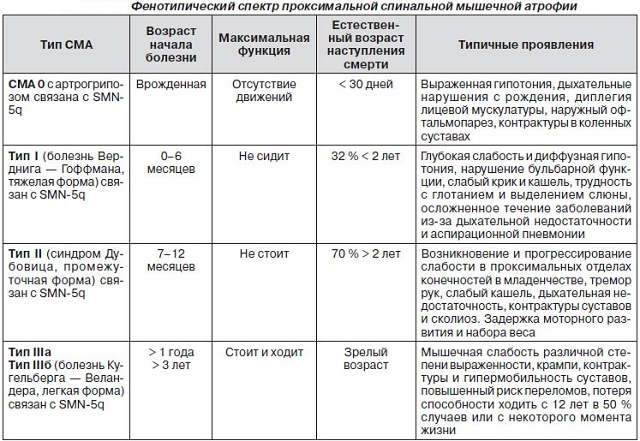 Myelitis is a fairly rare type of inflammation of the spinal cord. The disease spreads either over the entire spine, or may affect parts of it.
Myelitis is a fairly rare type of inflammation of the spinal cord. The disease spreads either over the entire spine, or may affect parts of it.
If the disease is not treated in a timely manner, then there is the risk of permanently being disabled.
Myelitis is a kind of inflammation of the spinal cord, due to which white and gray matter suffers. The human body immediately senses the inflammatory process, because the spinal cord function is disrupted. Inflammation threatens with movement disorders, paresthesia, numbness and paralysis of the limbs.
If the disease is not treated, it can lead to the fact that the inflammatory process passes to the lower parts of the brain.
The disease is divided into several types.
Contents
- Transverse myelitis
- Primary and secondary forms of disturbance
- Aggravating factors
- Clinical picture
- Complex treatment of
- What are the consequences of
- How to prevent the onset of inflammation
Transverse myelitis
This term conceals the acute or subacute form of a non-recurring inflammatory process in the spinal cord. The disease is manifested by pain in the neck or back, after which paresis, paresthesia and problems with the operation of the pelvic organs may appear. Unpleasant phenomena develop rapidly - in a few hours or days.
If we talk about the severity of the disease, it can differ: from minor problems with sensitivity to complex  lesions of the spinal cord. There are also problems with the back cord, front lines and diameter. Dysaesthesia is observed in one leg, and then rises on both legs.
lesions of the spinal cord. There are also problems with the back cord, front lines and diameter. Dysaesthesia is observed in one leg, and then rises on both legs.
In a very neglected case, initially all reflexes disappear, and then hyperreflexia appears. If there is a permanent paralysis, then this indicates a necrosis of the segments in the spinal cord.
In half of cases this type of myelitis of the spinal cord is due to influenza, measles and other infections. Or the vaccine can become a trigger.
Often the disease manifests itself in the recovery period after an infectious disease, but the causative agent in the nervous system is not detected. This indicates that the transverse form of myelitis depends on the autoimmune reaction, which is observed due to infection.
This disorder becomes the first bell before the onset of multiple sclerosis. Here the disease does not depend on infection or vaccinations.
Primary and secondary forms of
disorder Primary forms of the disease are not common enough and appear when exposed to influenza, rabies and encephalitis viruses.
Secondary myelitis is a complication after syphilis, scarlet fever, measles, sepsis, erysipelas, sore throat, or pneumonia. As a manifestation of the disease can contribute to purulent foci. The causative agent of the disease enters the body through the lymph or through the brain tissues.
An ailment can catch a person at different ages, but is more common in middle-aged patients. It is localized in the thoracic and lumbar regions.
 Along with discomfort, patients feel pain in the back. All symptoms of the disease depend on the severity of the leak, and this indicates that the changes occur below the boundary of the hearth.
Along with discomfort, patients feel pain in the back. All symptoms of the disease depend on the severity of the leak, and this indicates that the changes occur below the boundary of the hearth.
After the onset of pain, paralysis begins, problems with pelvic organs, and sensitivity is lost. At first the paralysis is somewhat flaccid, but afterwards it provokes spasms and pathological reflexes.
Often you can find a violation of blood circulation in the tissues, because of which a person has bedsores. And it is through them that the infection gets into the body, and blood can get infected.
Aggravating factors
The onset of the inflammatory process of the brain can be caused by many factors. Myelitis is classified according to the pathogens as follows:
- Viral .The cause of the disease can be rabies, poliomyelitis. Similarly, the onset of the disease is triggered by ordinary flu. Inflammation occurs when measles, typhoid or scarlet fever and sepsis.
- Bacterial .Here the pathogen is spirochetes and streptococci. More often this type of myelitis is diagnosed in infants. Thanks to vaccination, in adults, the disease is rare.
- Traumatic .Appears after injuries on the vessels of the spinal cord. It is the trauma that can trigger the transverse lesions. The strength of inflammatory processes depends on the nature of the injury. Traumatic myelitis occurs due to spinal injuries and entering the infection.
- Post-vaccination .This is a unique form of the disease, in which the impetus to the disease is the vaccination of a person.
In addition to all the reasons described, myelitis can be formed against any process that depresses the immune system and destroys nerve cells.
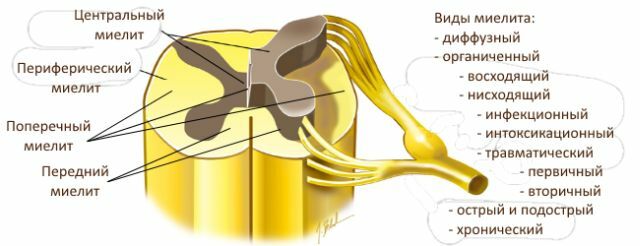
Clinical picture
In the course of primary myelitis, the virus spreads by the hematogenous way, and before the brain damage, viremia is observed. The secondary myelitis is affected by allergy and hematogenous penetration of the infection into the spinal cord.
The intoxication form of the disease is not too common and develops due to poisoning and intoxication of the body.
When observing, you can see that the brain becomes flabby, swollen. On the hearth there is hyperemia, puffiness, a small hemorrhage;cells die, and myelin disintegrates.
Complex treatment of
The acute shape of the transverse myelitis, in which there is compression and spinal block, should be treated operatively. The same measures are carried out and in the presence of any purulent or septic focus next to the spinal cord.
If we talk about conservative treatment, then in an acute current is appropriate antibacterial therapy. It is prescribed also when there is an 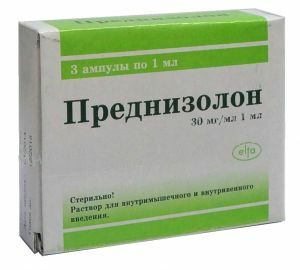 suspected bacterial character of the disease or for the treatment of a septic complication.
suspected bacterial character of the disease or for the treatment of a septic complication.
The average duration of treatment is about two weeks. Patients undergo treatment with Prednisolone. The dose should be reduced from the 10th day of taking the drug, and the course of treatment can last up to 6 weeks.
Hormonal medications are combined with potassium. Often, potassium orotate is used, which has anabolic properties.
Also in this period it is recommended to take the following drugs:
- Cinnarizine;
- Trental;
- Ascorbic acid;
- vitamins B.
If there is no urination, specialists spend several times a day catheterization of the bladder. Along with this, the following drugs are prescribed:
- Furagin;
- Furadonin;
- Furazolidone.
It is recommended to alternate medication for a week.
It is very important to properly feed the patient and take good care of him: to maintain the desired position of the body, use lining circles and suspensions, every day wash the person with soap and wipe the skin with alcohol.
Do not forget to clean the pressure sores from the necrotic mass with clean cloths moistened in a trypsin solution.
The pressure sores themselves should be washed with hydrogen peroxide. If pus is excreted from the wounds, it is appropriate to use tampons with sodium chloride, and on 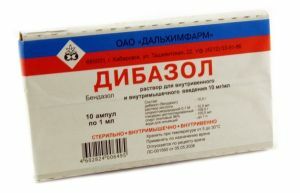 cleaned surface apply Vishnevsky ointment or sea buckthorn oil. For an early healing of pressure sores, you can wash them with freshly squeezed tomato juice or Insulin.
cleaned surface apply Vishnevsky ointment or sea buckthorn oil. For an early healing of pressure sores, you can wash them with freshly squeezed tomato juice or Insulin.
When the process stabilizes, they begin to restore the body. Doctors prescribe a massage, procedures with heat, electrophoresis on the back and orthopedic activities.
During this period of therapy, the patient should take such medications:
- Galantamine;
- Dibasol;
- nootropics;
- amino acids.
If the muscles are strongly reduced by spasms, then appointed Midokalm. Six months after the treatment the patient can visit the sanatoriums and various resorts.
What are the consequences of
The prognosis is positive in the event that myelitis of the spinal cord passed in the acute phase, and the focus of inflammation did not spread throughout the transverse brain. 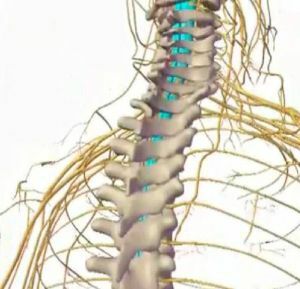
The sooner an improvement occurs, the better. If this is not observed after 3 months, this may indicate that the patient will forever remain chained to the bed or a fatal outcome.
Prognosis is difficult when the myelitis spreads to the neck and when there is paralysis of the thoracic and abdominal nerves.
The prognosis is also affected by the type of infection that caused the disease. The diagnosis is made on the acute form of the disease with an increased temperature, the presence of an infectious disease or a purulent lesion.
How to prevent the onset of inflammation
Today it is appropriate to vaccinate the population, which protects against infectious diseases that cause inflammation of the spinal cord and brain:
- Polio - an infection that affects the motor function of the cervical spine.
- Parotitis is a virus that affects the salivary glands.
- Measles is a disease whose symptoms are cough and rash on the skin and in the mouth.
All other reasons for developing the disease, predict and prevent it is not possible.
The most important thing is to carefully monitor your health, if you have any symptoms, contact the medical institution on time and never engage in self-medication without consulting with specialists.


